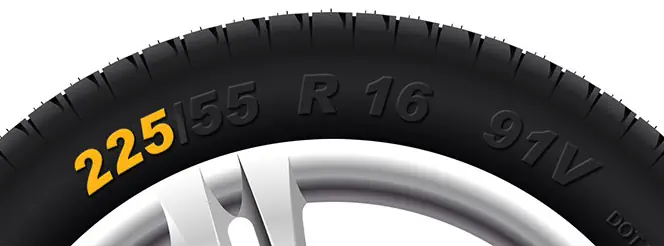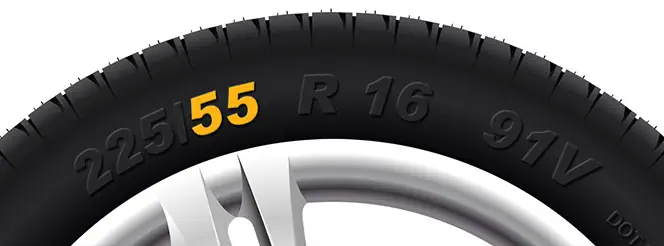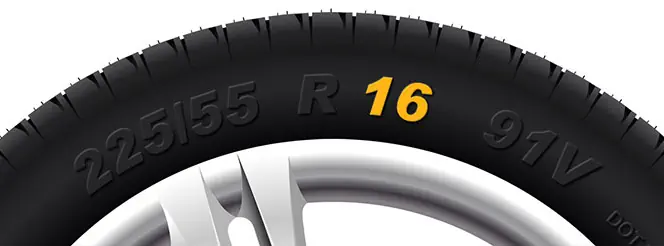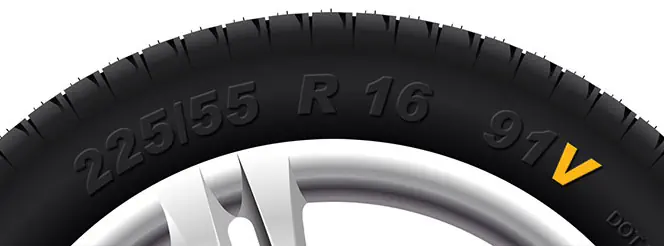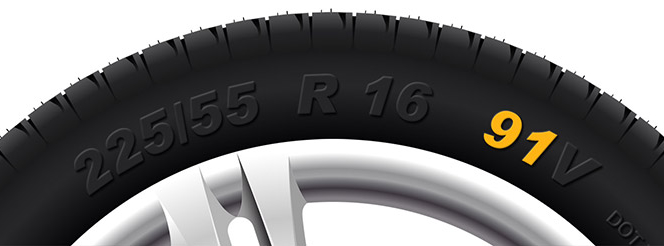How to Correctly Use Your Car's Horn
A 6-step guide to making sure you can communicate effectively using your car's horn.
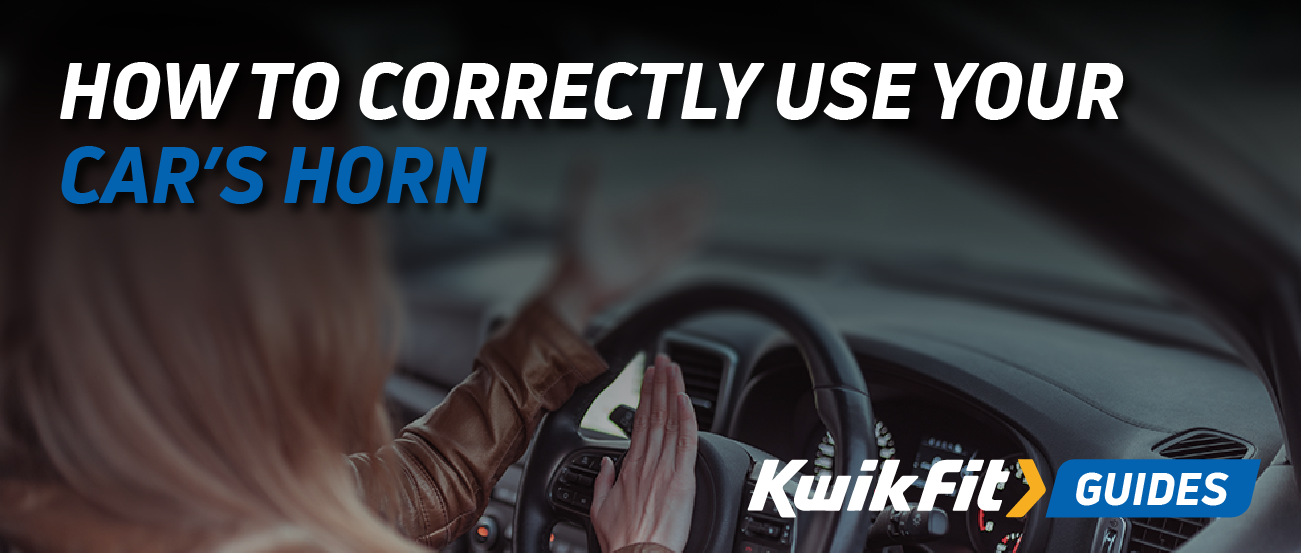
- Use your car horn for safety, not frustration.
- Alert other drivers, pedestrians, and cyclists of dangers using your horn.
- You can tap your horn briefly to alert others of your presence in low-visibility areas.
- Avoid using your horn in built-up areas between 11:30 pm and 7:00 am unless it's an emergency.
- Make sure your horn is working, and get it checked as soon as you notice a change.
- Flash headlights, use turn signals, or use hazard lights instead of honking unnecessarily.
Have you ever found yourself in the middle of rush hour traffic, reaching for your car's horn, and pausing, wondering if it's the right call? A horn is crucial for communication and safety, yet its misuse has muddied its purpose, turning it into a subject of contention among drivers.
Understanding the etiquette of using your car's horn involves more than just knowing the rules; itís about effective communication on the road. In this guide, weíll take a straightforward look at how to use your car's horn the right way, including any key dos or doníts, and how to contribute to a safer driving environment.
Understanding the purpose of a car's horn
Understanding the purpose of a car's horn is essential for safe and effective communication on the road. The horn is not just an accessory; it's a crucial safety feature designed to prevent accidents and alert other road users to your presence in situations where they may not see you.
By using the horn wisely, and only in appropriate circumstances, drivers can ensure that it serves its primary function as a tool for road safety, rather than a way to express irritation or conflict. There are a number of different, yet essential, ways a car horn can be used on the road:
1. Alerting to danger
The number one role of the car's horn is to alert others to imminent danger on the road. This could include warning a pedestrian who steps into the road without looking, signalling another driver merging into your lane without noticing your car, or any other situation where a quick alert can prevent a collision or accident.
2. Communication tool
Beyond simply signalling danger, the horn serves as a means of non-verbal communication between drivers. It can be used to alert someone to an issue if need be.
3. Navigational aid
In some scenarios, especially around blind corners, a short honk can let others know youíre coming through. This is particularly useful in areas with low visibility or where pedestrians and vehicles share close quarters.
The legal perspective
According to the Highway Code, you should only use your horn when your car is moving and when you need to warn other road users of your presence, especially for the key reasons above. A lot of road users may not be aware of this rule, but it is also illegal to use your horn in a built-up area between 11.30 pm and 7.00 am, and could even face up to a £1000 fine for the offence - unless, of course, there is imminent danger.
Can I drive without a horn?
All cars must have a working horn because it is a safety feature that, if necessary, alerts surrounding drivers, pedestrians, and cyclists of your presence. Whilst unexpected, having a faulty horn can be a minor fault flagged when your car has its MOT. If the police pull you over and they find you donít have a horn, you may be fined or given penalty points too.
How loud is too loud with your horn?
If your horn is too loud, you can get penalised if it is seen as a distraction on the road. In the UK, your vehicleís horn must not emit a sound louder than 118 decibels when measured from a distance of 2 metres in front of the vehicle.
What if my horn isn't working?
You should keep an ear out for signs that your car horn is starting to fail and get it fixed as soon as possible. If you notice any of the following signs then you must get your horn checked and replaced as soon as possible:
- Your car horn is getting quieter
- The tone of your horn has changed
- The horn does not sound at all when pressed.
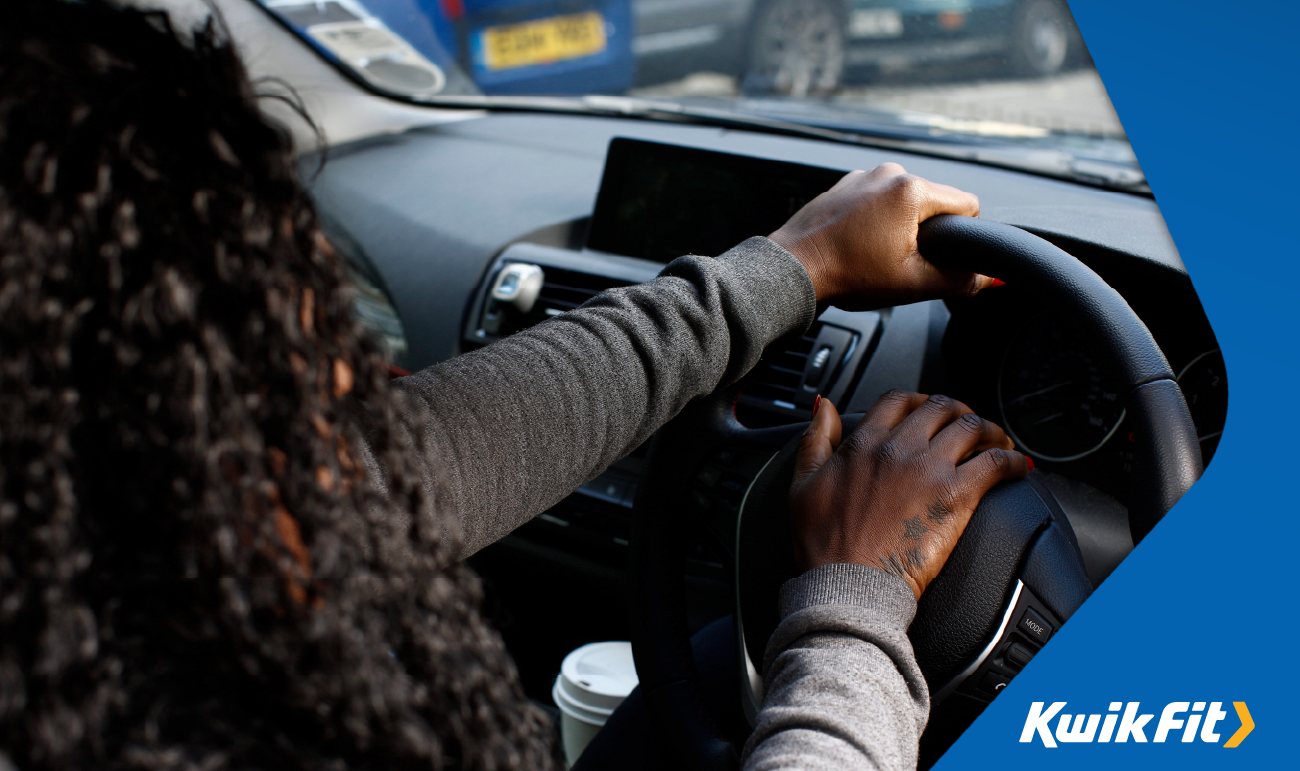
Alternatives to using the horn
As outlined above, the unnecessary usage of horns can contribute to noise pollution and escalate tensions on the road. As a result, drivers have developed a number of alternative ways to communicate with other drivers and pedestrians, promoting safety and courtesy on the roads. There are a number of quieter and more effective alternatives that can be easily adopted in place of using your horn.
1. Flashing your headlights
A brief, gentle flash of your headlights can be used to alert other drivers to your presence in a less invasive manner than honking your horn. This method is especially effective when used at night or during low-visibility conditions but should be used sparingly and with consideration to avoid dazzling or confusing others.
2. Turn signals and hazard lights
Proper use of turn signals and hazard lights can be a great way to communicate your intentions on the road without needing your horn. Whether you're changing lanes, turning, or have encountered a problem and need to stop, these signals provide clear, visual cues to other drivers and pedestrians, reducing the need for honking.
Although there are some great alternatives to using your car horn, you should always be aware of your surroundings, your own driving habits, and those of other road users. This includes maintaining a safe distance from other vehicles, giving cyclists and pedestrians wide enough gaps, and being patient with slower drivers or those making last-minute decisions.
Keeping drivers safe on the road
Itís vital to take care on the road and be conscious of your surroundings while driving. Itís always better to wait and try other methods of alerting your vehicle than honking your horn, but of course, this may sometimes be necessary.
For more advice on navigating roads and driving best practices, be sure to keep up with the Kwik Fit blog. If you have any other road safety and driving queries, get in touch with our team of experts today at your local centre.


